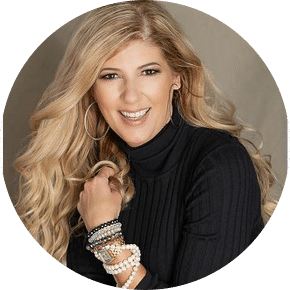
Types of programs
First-time homebuyer programs try to encourage homeownership in a variety of ways. Often, the goal of a homebuyer program is to either encourage ownership among a certain economic demographic or to increase ownership in a certain target area. Some ways agencies use to increase ownership include:
- Offering free courses on home buying.
- Consumer counseling with a goal of homeownership.
- Favorable lender terms.
- Local or state tax credits.
There are dozens of programs, even hundreds spread out throughout various cities and states across the U.S. for 2015. Often, these programs have specific requirements of the buyers such as “first time ownership” or an income threshold. Other programs require that potential homeowners attend classes on owning a home, credit, financing a mortgage and other types of education geared toward insuring homeowners fully understand the ramifications of homeownership.
Where to start
As real estate professionals, we know what is available here. If you are a first-time homebuyer or are looking for help getting back into the housing market, let us know when you call us so that we can connect you with the programs that best meet your needs.
Mortgage programs
One of the potential boons for homebuyers with limited funds for down payment is a so-called 97% loan. Offered through both Freddie Mac and Fannie Mae, loans to otherwise qualified buyers with as little as three percent down payment would allow more buyers to enter the market. The program is slated to begin December 2014 and last through 2015.
These products seem similar to those considered predatory lending practices just a few years ago. Differences include creditworthiness stipulations and full documentation, the fact that the loans will be fixed-rate and not adjustable, and with terms maxing out at 30 years. Careful control of these areas and other risk-management practices should minimize the number of defaults for these programs while opening up homeownership to first-time buyers.
The bottom line: Give us a call. We really are “full service” in every way.
Love, Honey

